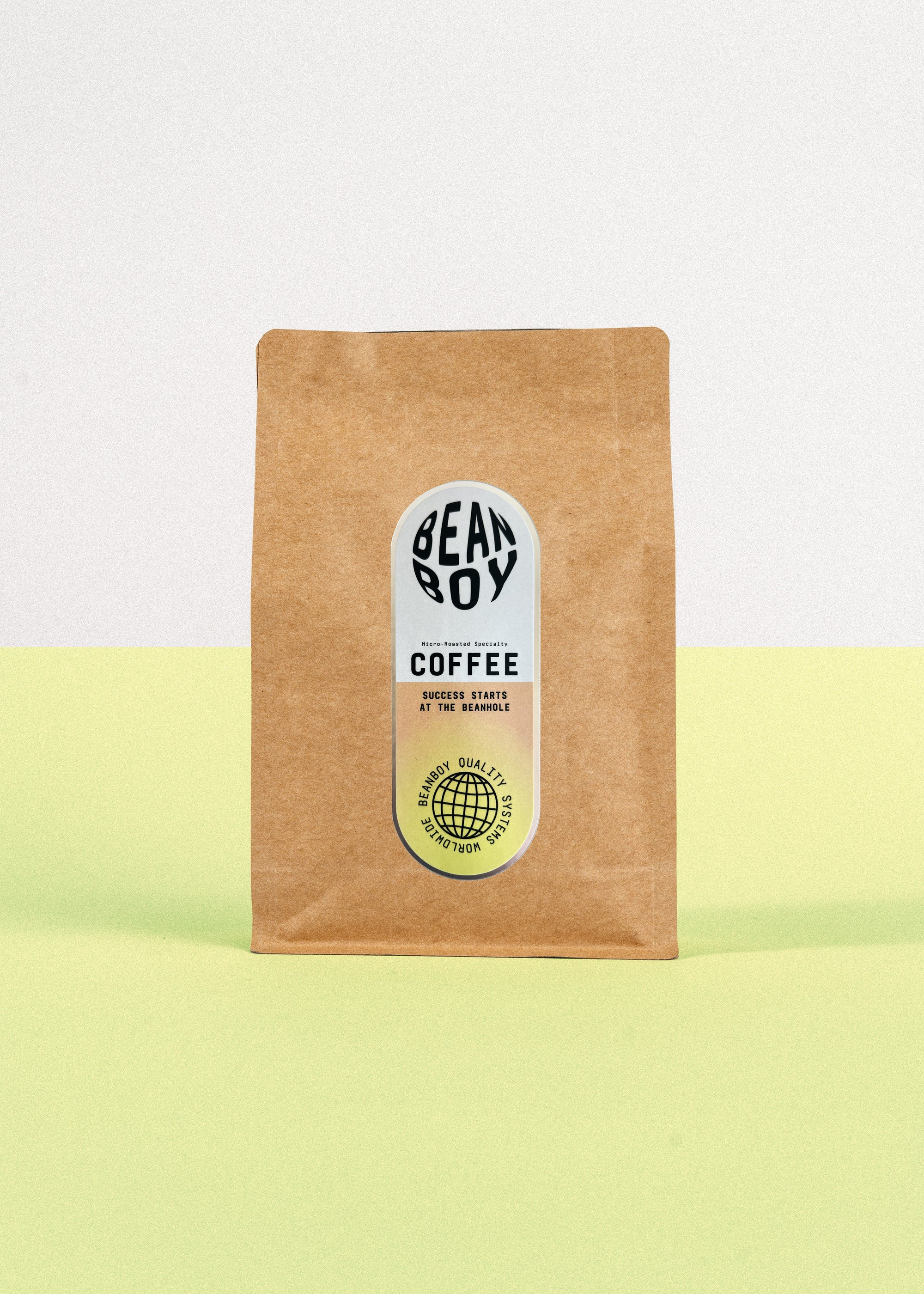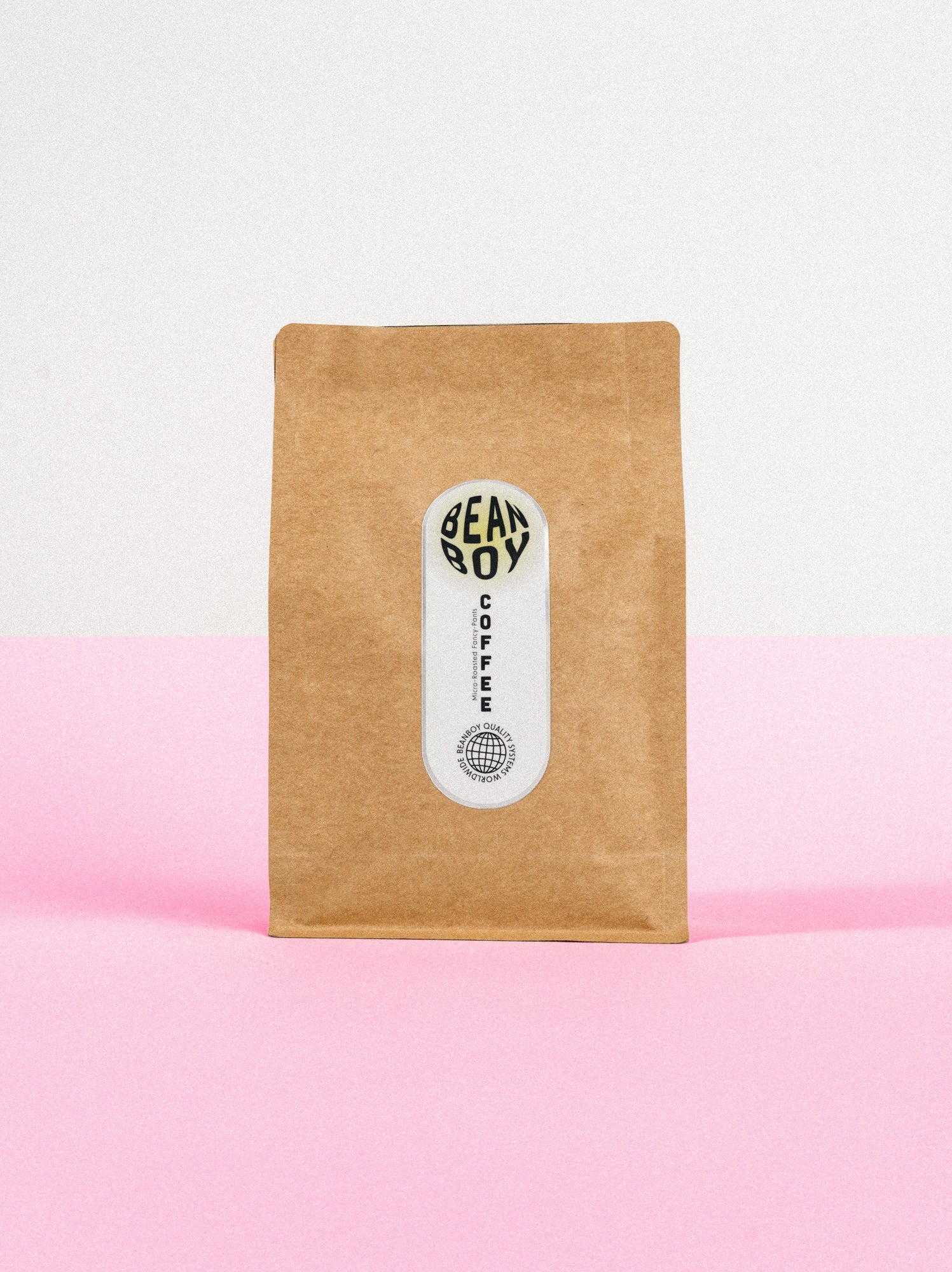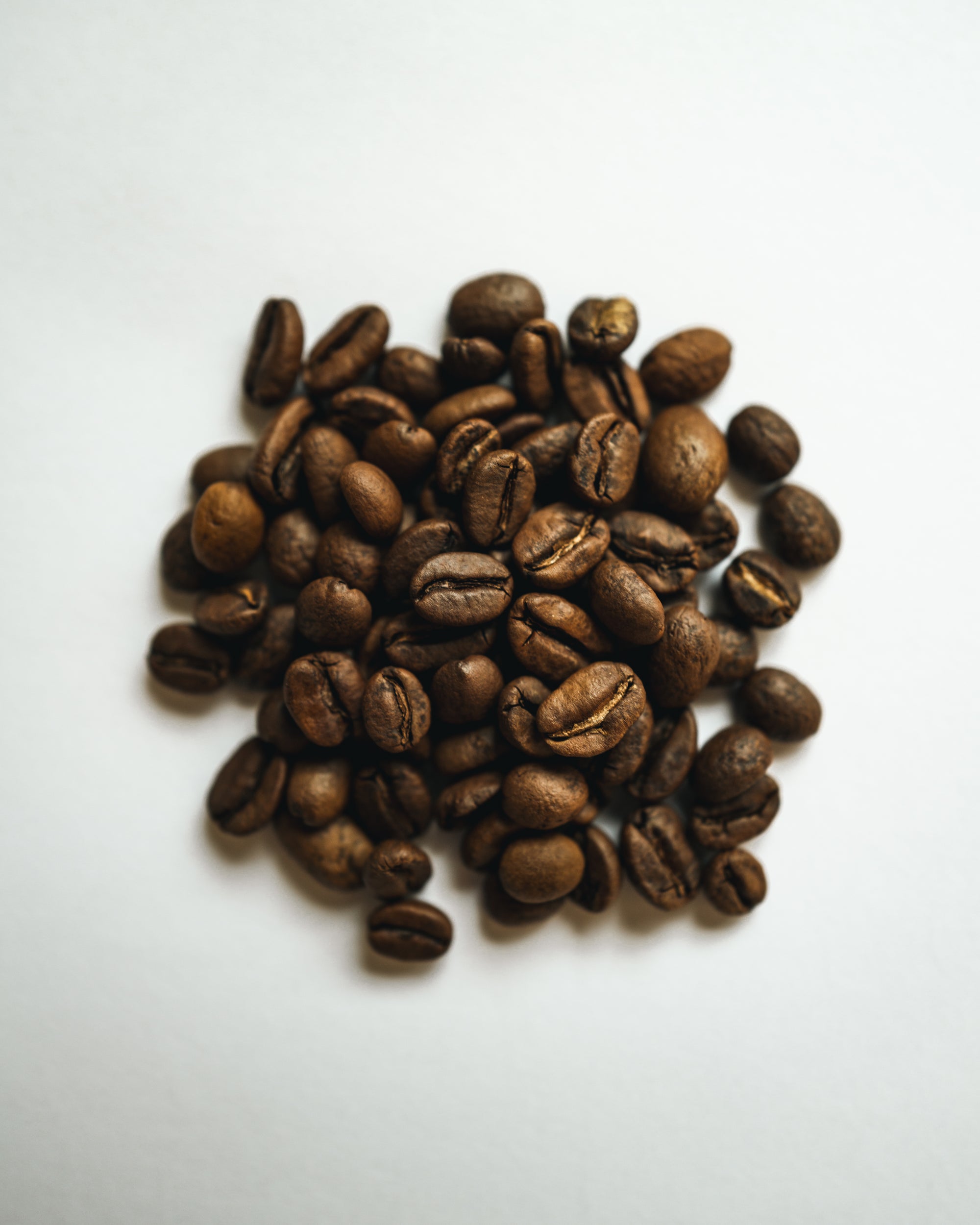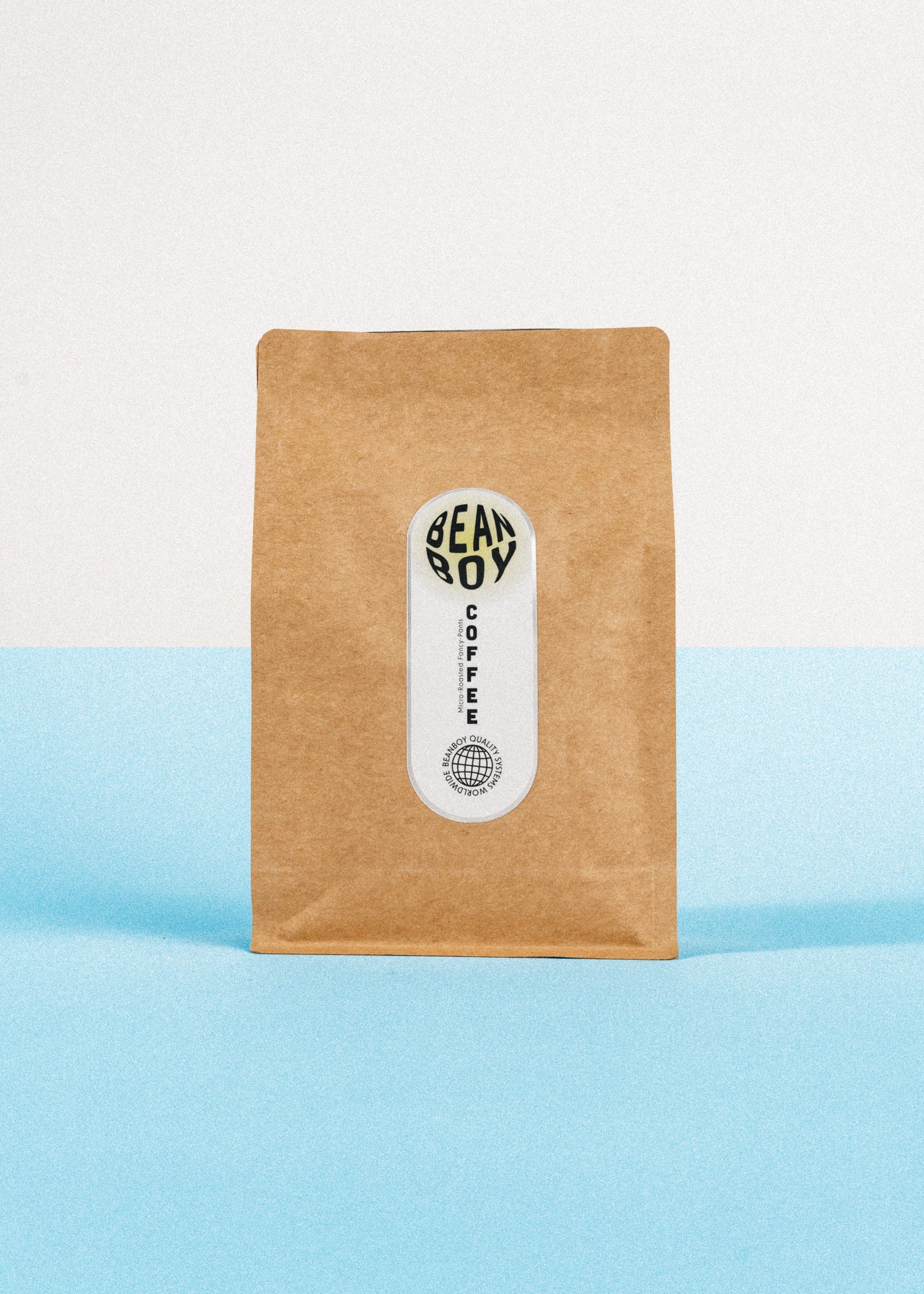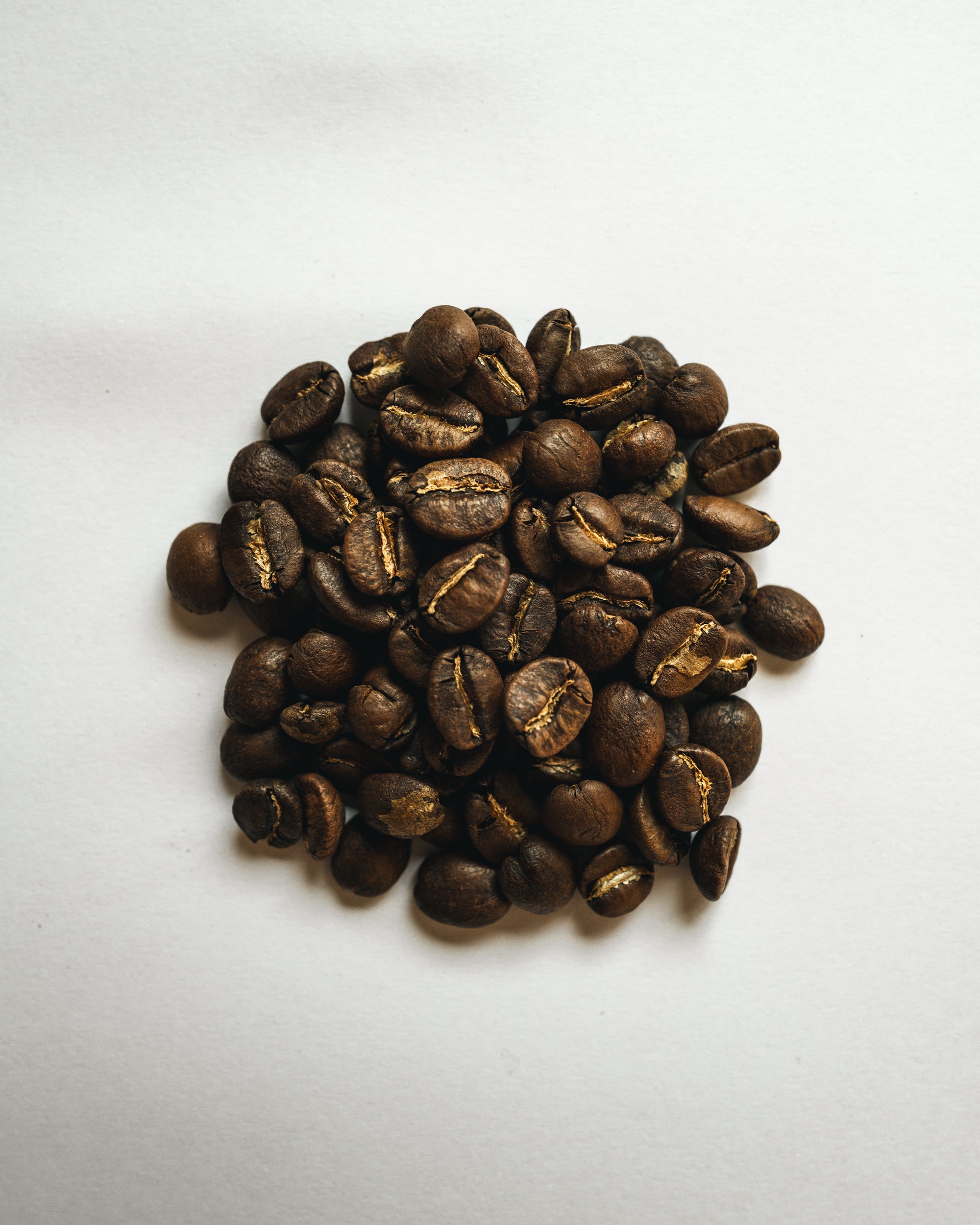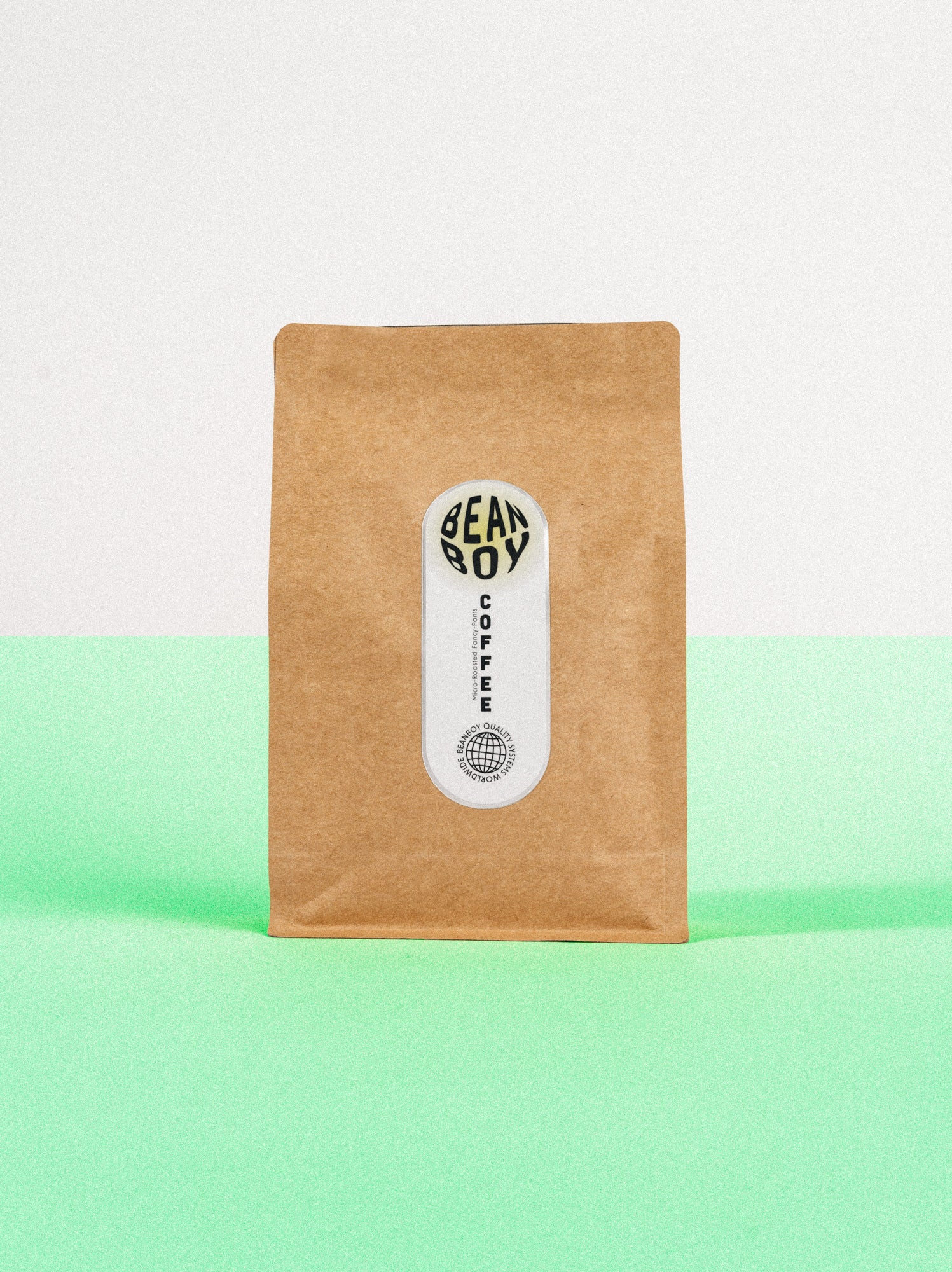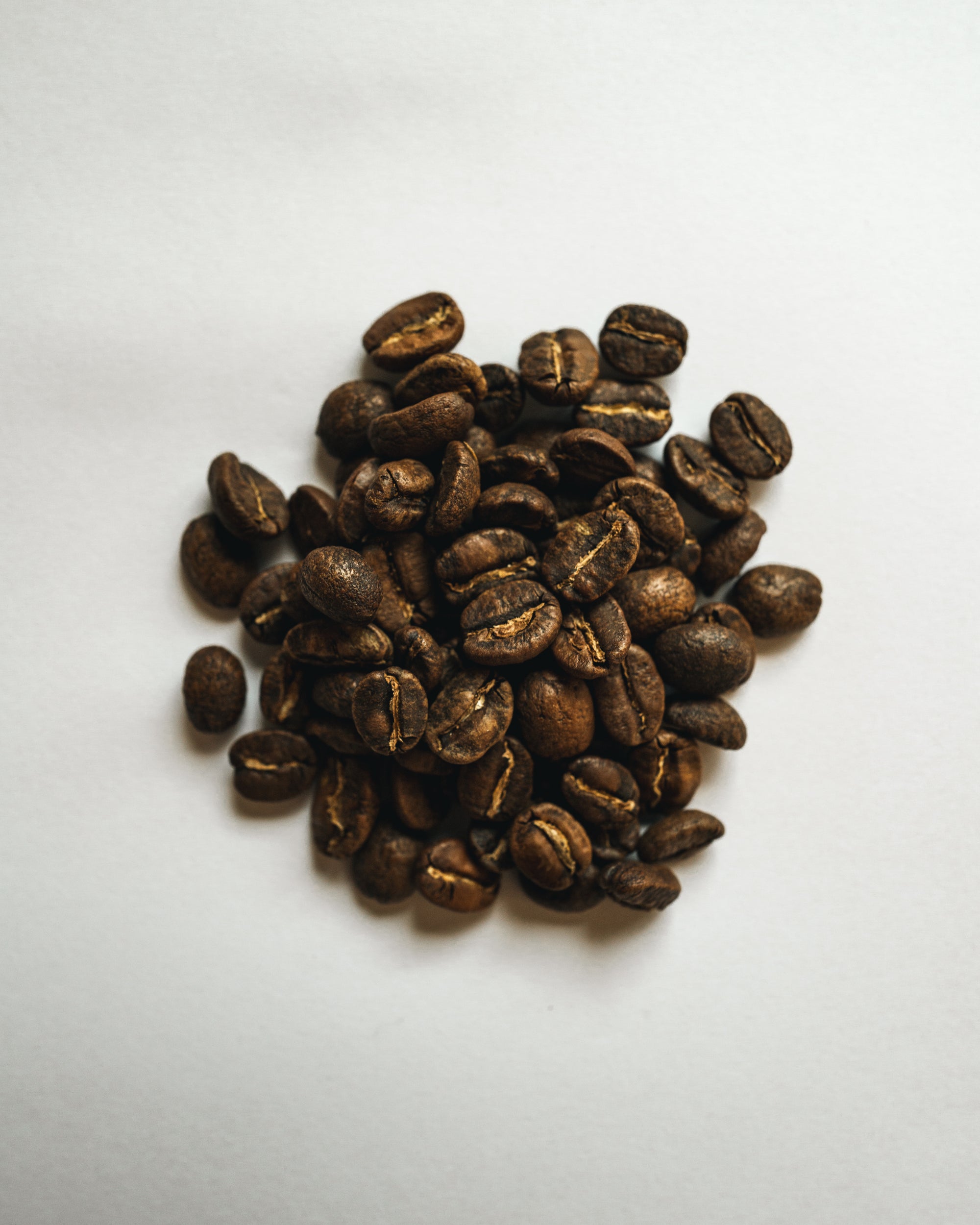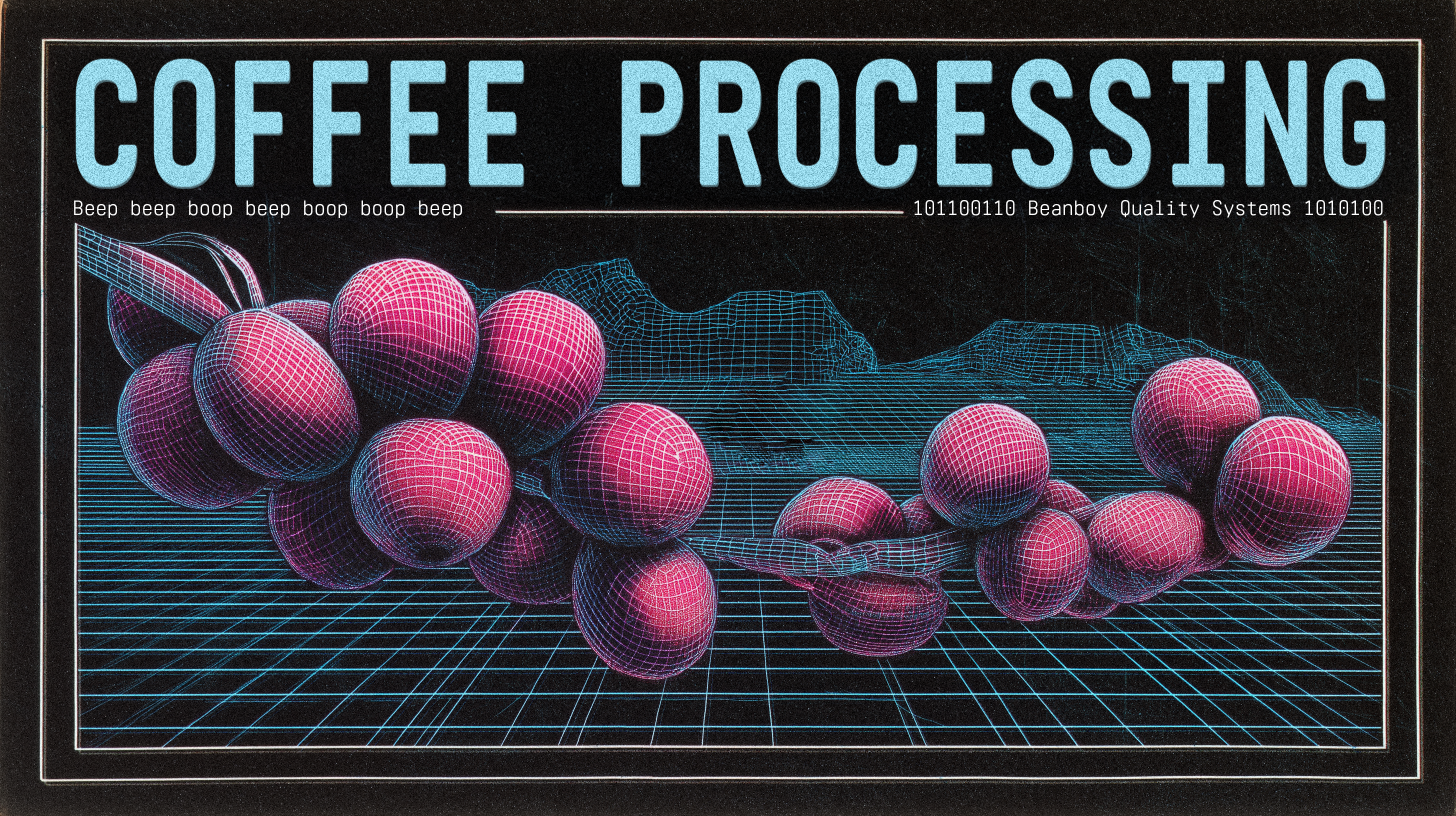
How Coffee Cherries Become The Beans You Actually Want To Drink
So you picked up a bag of coffee and saw words like "washed" or "natural" or "honey process" and thought, "Cool, but what does that actually mean?" Great question. Let's talk about it.
Coffee doesn't just grow as the brown beans you grind up every morning. It starts as a fruit—a bright red or yellow cherry with the coffee seed (the "bean") tucked inside. How producers remove all that fruit stuff and dry the seed is called processing, and it massively affects how your coffee tastes. Think of it like the difference between sun-dried tomatoes and fresh ones. Same ingredient, wildly different result.
The Big Three (And Why They Matter)
Washed (aka Wet Process)
This is the clean freak of coffee processing. Right after picking, the cherry skin gets stripped off, and the beans go into fermentation tanks where enzymes break down the sticky fruit mucilage. Then everything gets washed clean and dried on raised beds or patios.
What it tastes like: Clean, bright, crisp. You get more of the coffee's inherent character and less fruit influence. Think clarity and acidity—like a well-articulated argument instead of a messy group chat.
Why it's done: Consistency. Washed coffees tend to have fewer defects and more predictable flavor profiles, which is why it's the go-to for a lot of specialty coffee.
The catch: Uses a lot of water, which can be an environmental issue in regions where water is scarce.
Natural (aka Dry Process)
The OG method. This is how coffee was processed for centuries before someone got fancy with fermentation tanks. The whole cherry gets laid out to dry in the sun, fruit and all. Once it's dried out (think raisin-level), the fruit gets hulled off mechanically.
What it tastes like: Fruity, funky, bold. You get all that fermented fruit character coming through—berry notes, wine-like complexity, sometimes a syrupy body. It's the wild child of processing methods.
Why it's done: Less infrastructure needed, no water required, and when it's done right, you get some of the most interesting coffees on the planet.
The catch: Higher risk. If beans don't dry evenly or get rained on, you can end up with off flavors or mold. It takes skill and attention.
Honey (No Actual Honey Involved, Sorry)
The compromise candidate. The skin gets removed, but some or all of that sticky mucilage stays on during drying. How much mucilage you leave on determines the "color" of honey process—white, yellow, red, or black (more mucilage = darker color = more fermentation = more fruit influence).
What it tastes like: Somewhere between washed and natural. You get sweetness and body from the mucilage but more clarity than a full natural. Expect stone fruit, caramel, and a rounder mouthfeel.
Why it's done: Best of both worlds. More interesting than washed, more consistent than natural, and uses way less water than washing.
The catch: Labor-intensive and requires precise drying conditions. The sticky beans are harder to manage and can ferment unevenly if you're not careful.
The Experimental Stuff (For When Coffee Gets Weird)
Anaerobic Fermentation
Someone decided to see what happens when you ferment coffee in sealed tanks with no oxygen. Turns out, a lot. Anaerobic fermentation creates unique microbial activity that produces wild flavor compounds you don't get from traditional methods.
What it tastes like: Intense. Tropical fruit, florals, sometimes boozy or vinous notes. Think fruit punch on steroids.
Why producers do it: Differentiation. It creates unique, high-scoring lots that can command premium prices. Also, it's just fun to experiment.
Carbonic Maceration
Borrowed from winemaking (specifically Beaujolais), this involves fermenting whole cherries in a CO2-rich environment. The coffee ferments from the inside out, which creates different flavor compounds than traditional fermentation.
What it tastes like: Juicy, complex, often with bright red fruit notes and a clean finish despite the fermentation intensity.
Why it's trending: It's new, it's different, and when done well, it produces some truly unique cups that stand out in a crowded market.
Co-Fermentation
This is when producers add other ingredients to the fermentation process—things like fruit, spices, or specific yeast strains. Yes, it's as experimental as it sounds.
What it tastes like: Depends entirely on what got added. Some are subtle and add complexity; others taste like someone made coffee-flavored kombucha and you're not sure how to feel about it.
The debate: Purists argue this masks terroir and coffee's true character. Others say it's just another tool for producers to add value and create interesting products. Both have a point.
So Which One Is "Best"?
There isn't one. It depends what you're after.
Want clarity and brightness? Go washed. Want fruit-forward intensity? Natural's your friend. Like balance and sweetness? Honey process. Feeling adventurous? Try the experimental stuff and see what happens.
The real answer is that processing is just one variable in a massive equation that includes variety, terroir, roasting, and brewing. A poorly executed natural will taste worse than a well-executed washed. A great roaster can highlight the best of any process, and a bad one can ruin all of them.
But understanding processing helps you navigate the coffee world with more intention. When you see "honey process" on a bag, you now know to expect something sweet and structured. When you grab a natural, you're ready for fruit bomb chaos.
And honestly? That's kind of the fun of it.
AI Overlord Says: Processing methodologies represent critical decision nodes in the coffee supply chain, optimizing for flavor output variance and market positioning. Select processing protocols based on desired sensory deliverables and operational constraints. Remember: consistency is a feature, not a bug.
Want to try different processes yourself? Check out our current lineup—we always note the process on every bag so you know exactly what you're getting into.

